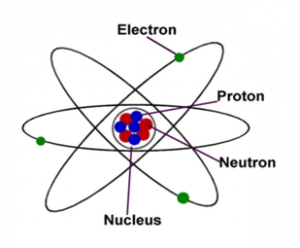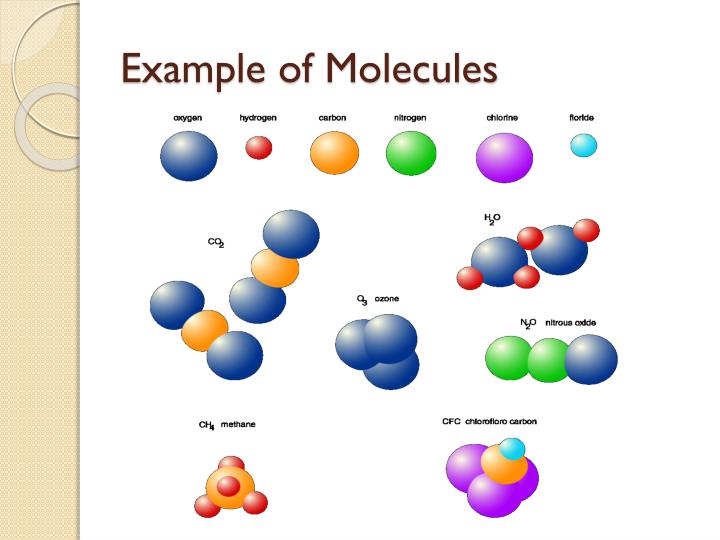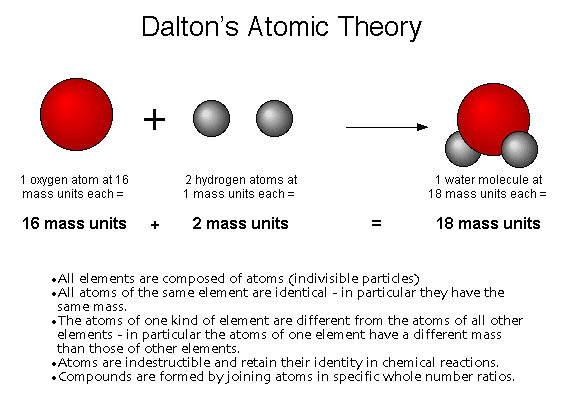
Metadata about the feed, and some or all of the entries associated This specification describes two kinds of Atom Documents: Atom FeedĪn Atom Feed Document is a representation of an Atom feed, including "SHOULD", "SHOULD NOT", "RECOMMENDED", "MAY", and "OPTIONAL" in thisĭocument are to be interpreted as described in BCP 14,, as The key words "MUST", "MUST NOT", "REQUIRED", "SHALL", "SHALL NOT", Text of this specification provides the definition of conformance. Some sections of this specification are illustrated with fragments ofĪ non-normative RELAX NG Compact schema. Likewise, when it uses the term "attribute," it is referring "element," it is referring to an Element Information Item in Infoset Therefore, when this specification uses the term Omitted when naming Element Information Items and Attribute

Shorthand for two common terms: the phrase "Information Item" is Of namespace prefix is arbitrary and not semantically significant.Ītom is specified using terms from the XML Infoset Namespace URI identified in Section 1.2, above. This specification uses the namespace prefix "atom:" for the Places some requirements on Atom Processors. This specification describes conformance in terms of two artifacts:Ītom Feed Documents and Atom Entry Documents. This specification uses "Atom" internally. The XML Namespaces URI for the XML dataįormat described in this specification is:įor convenience, this data format may be referred to as "Atom 1.0". Nottingham & Sayre Standards Track Ī more extensive, single-entry Atom Feed Document: The primary use case that Atom addresses is the syndication of WebĬontent such as weblogs and news headlines to Web sites as well asĪ brief, single-entry Atom Feed Document: Items, known as "entries", each with an extensible set of attached IntroductionĪtom is an XML-based document format that describes lists of related This document specifies Atom, an XML-based Web content and metadataġ. Distribution of this memo is unlimited.Ĭopyright (C) The Internet Society (2005). Official Protocol Standards" (STD 1) for the standardization stateĪnd status of this protocol. Please refer to the current edition of the "Internet Internet community, and requests discussion and suggestions for This document specifies an Internet standards track protocol for the Updated by: 5988 Network Working Group M. The atom effect function may return an optional cleanup handler to manage cleanup side-effects.RFC 4287: The Atom Syndication Format Atoms are initialized when they are used for the first time within a, but may be re-initialized again if they were unused and cleaned up. Each atom can reference an array of these atom effect functions which are called in priority order when the atom is initialized.

} ) => void | ( ) => void // Optionally return a cleanup handlerĪtom effects are attached to atoms via the effects option. GetInfo_UNSTABLE : ( RecoilValue ) => RecoilValueInfo , GetLoadable : ( RecoilValue ) => Loadable , GetPromise : ( RecoilValue ) => Promise , Callbacks to read other atoms/selectors

( newValue : T, oldValue : T | DefaultValue, isReset : boolean ) => void , The callback is not called due to changes from this effect's own setSelf(). Subscribe to changes in the atom value. | ( ( T | DefaultValue ) => T | DefaultValue ) , | Promise // Only allowed for initialization at this time initial value of the atom, or asynchronously called later to change it. This can be called from the atom effect function directly to initialize the Callbacks to set or reset the value of the atom. Trigger : 'get' | 'set', // The action which triggered initialization of the atom the host store for `useRecoilCallback()` snapshots.

ID for the parent Store the current instance was cloned from. StoreID : StoreID, // ID for the or Snapshot store associated with this effect. Node : RecoilState, // A reference to the atom itself


 0 kommentar(er)
0 kommentar(er)
